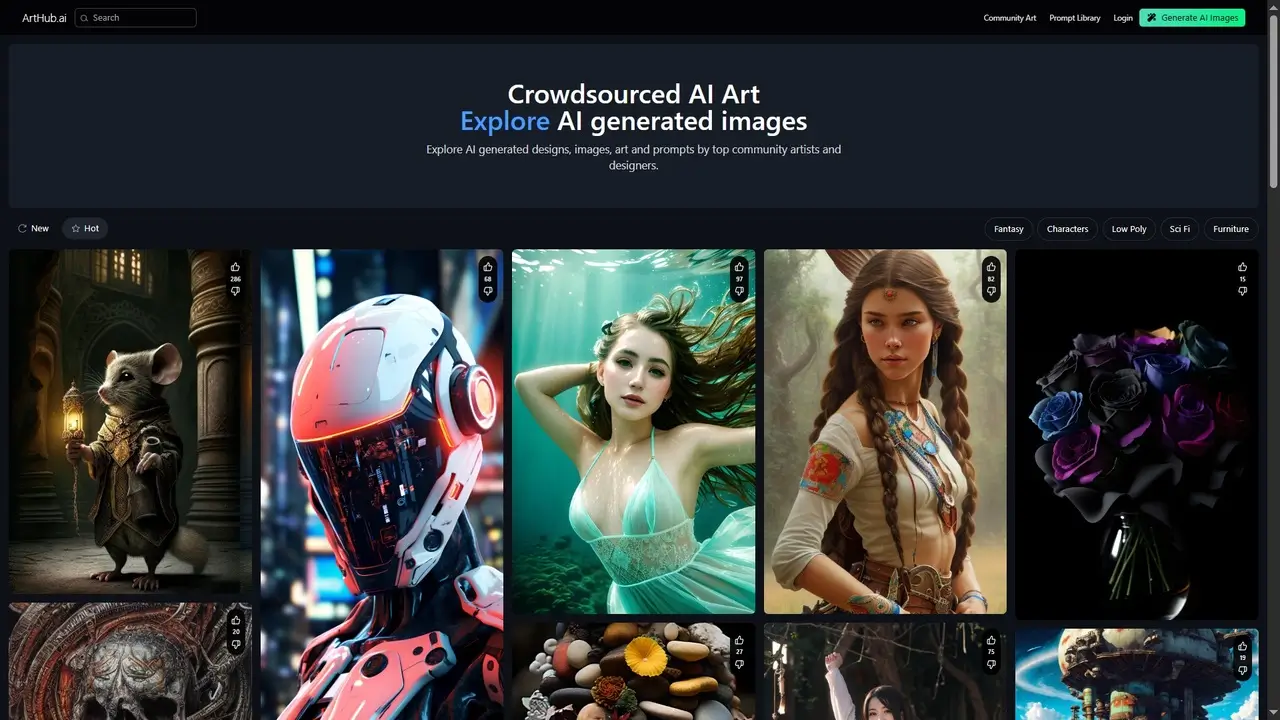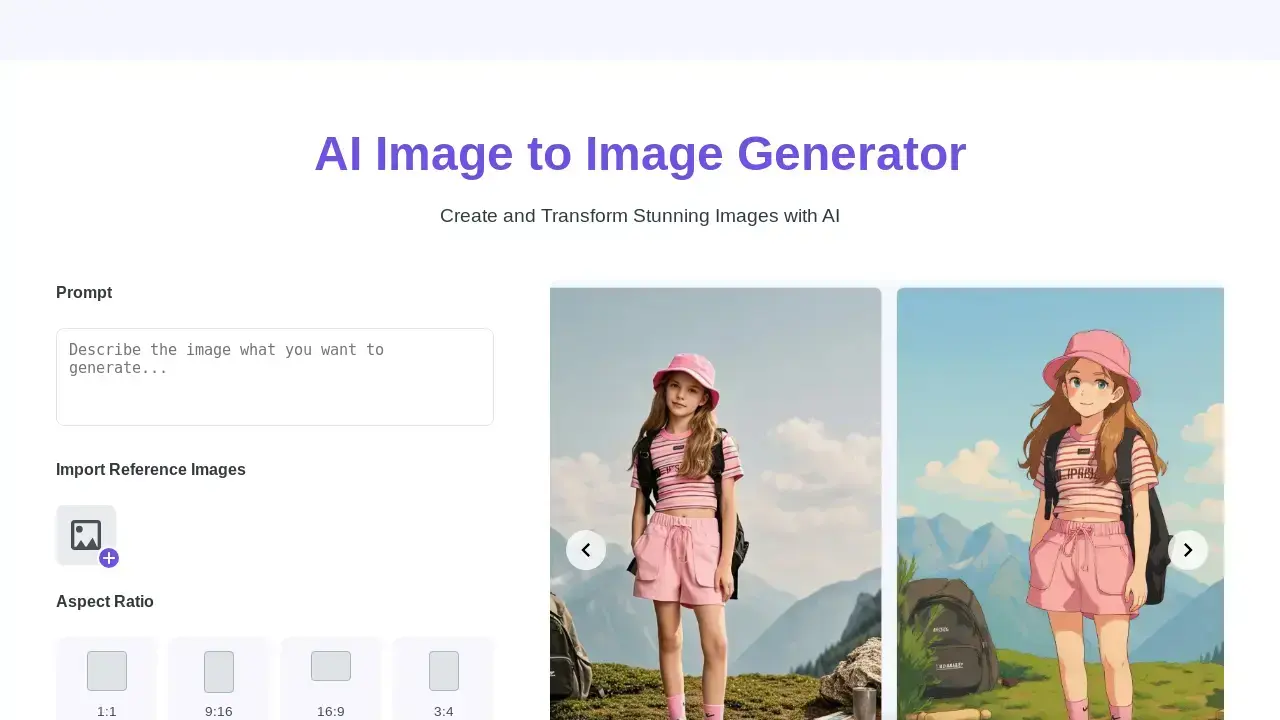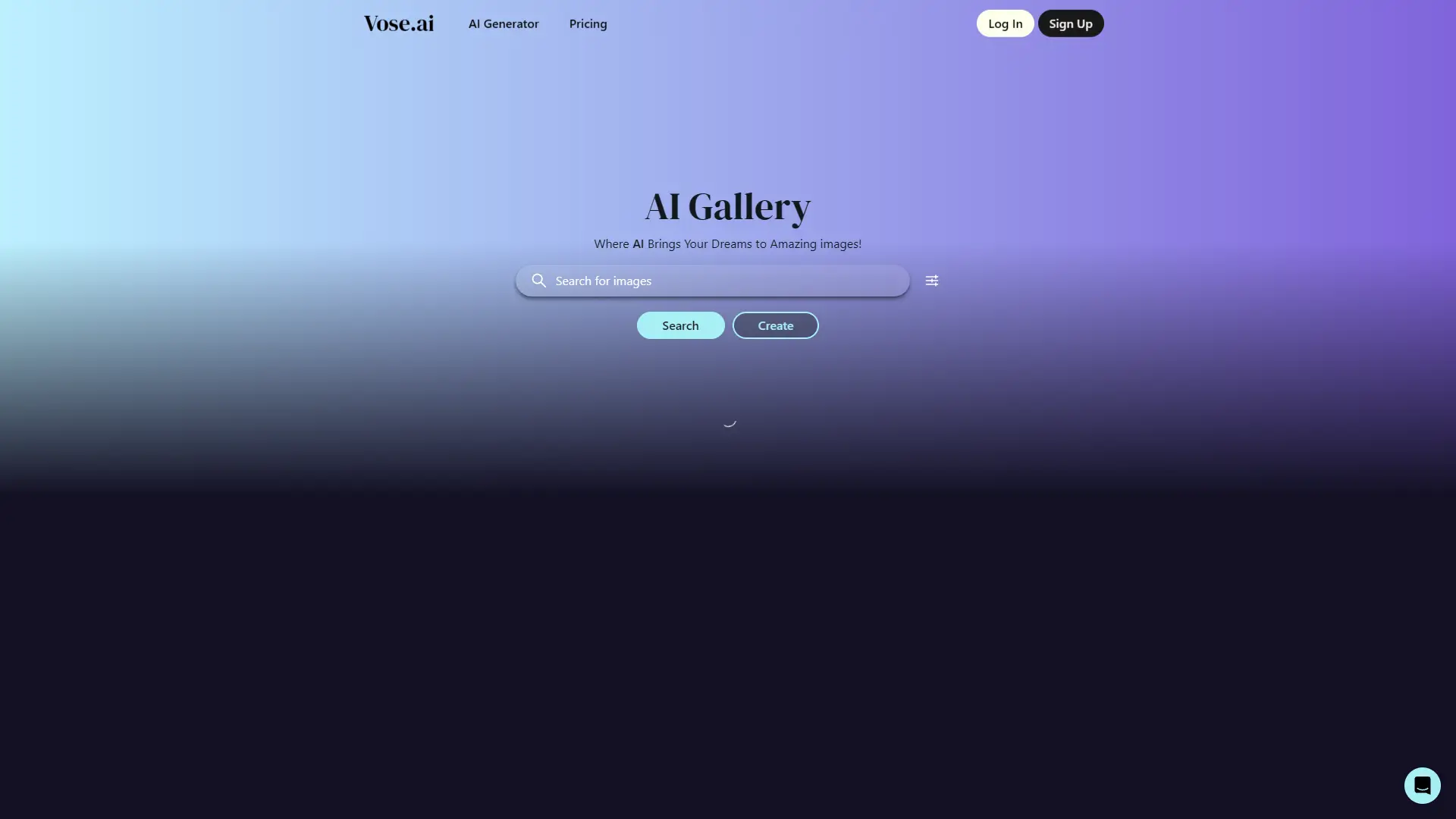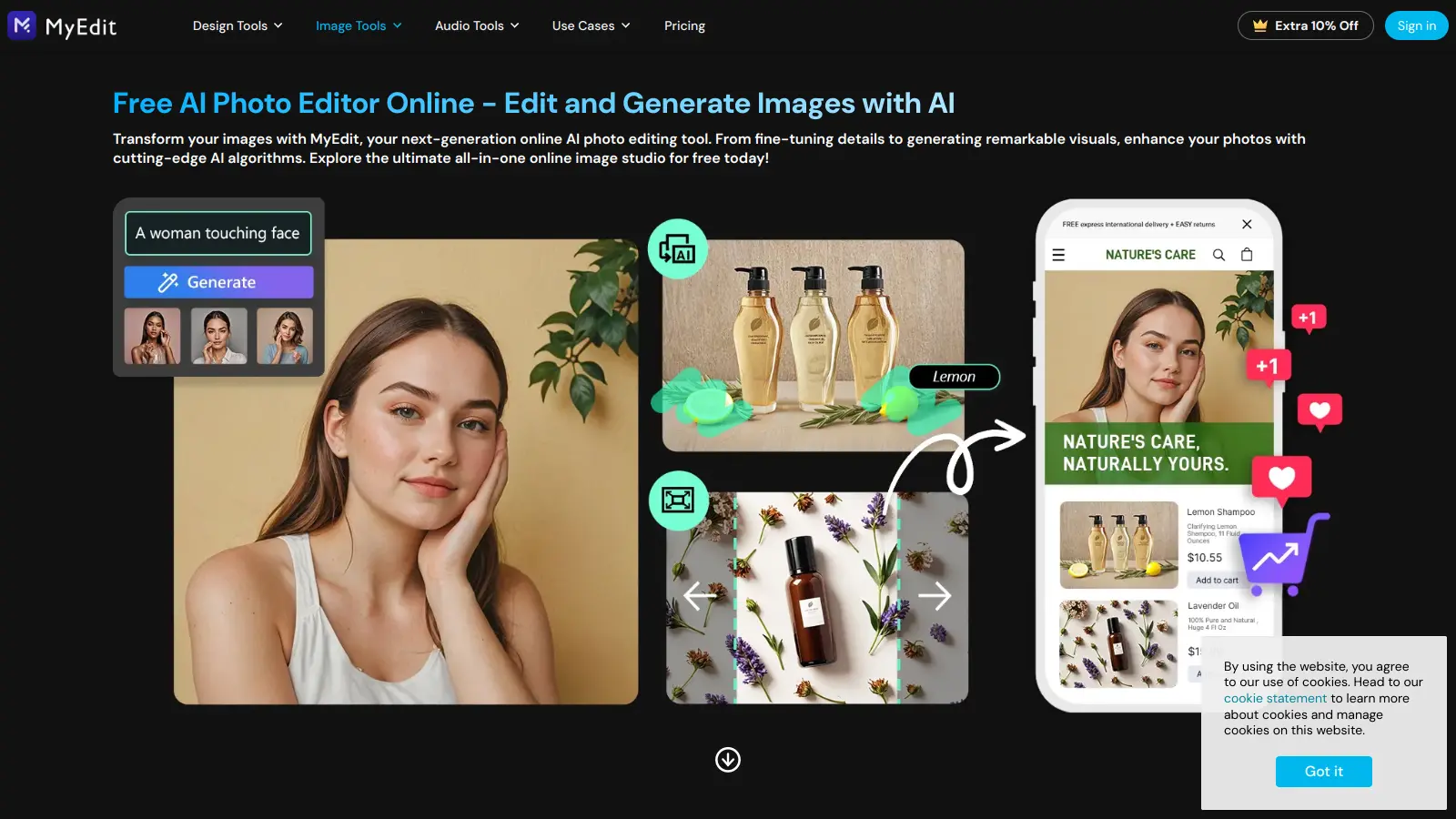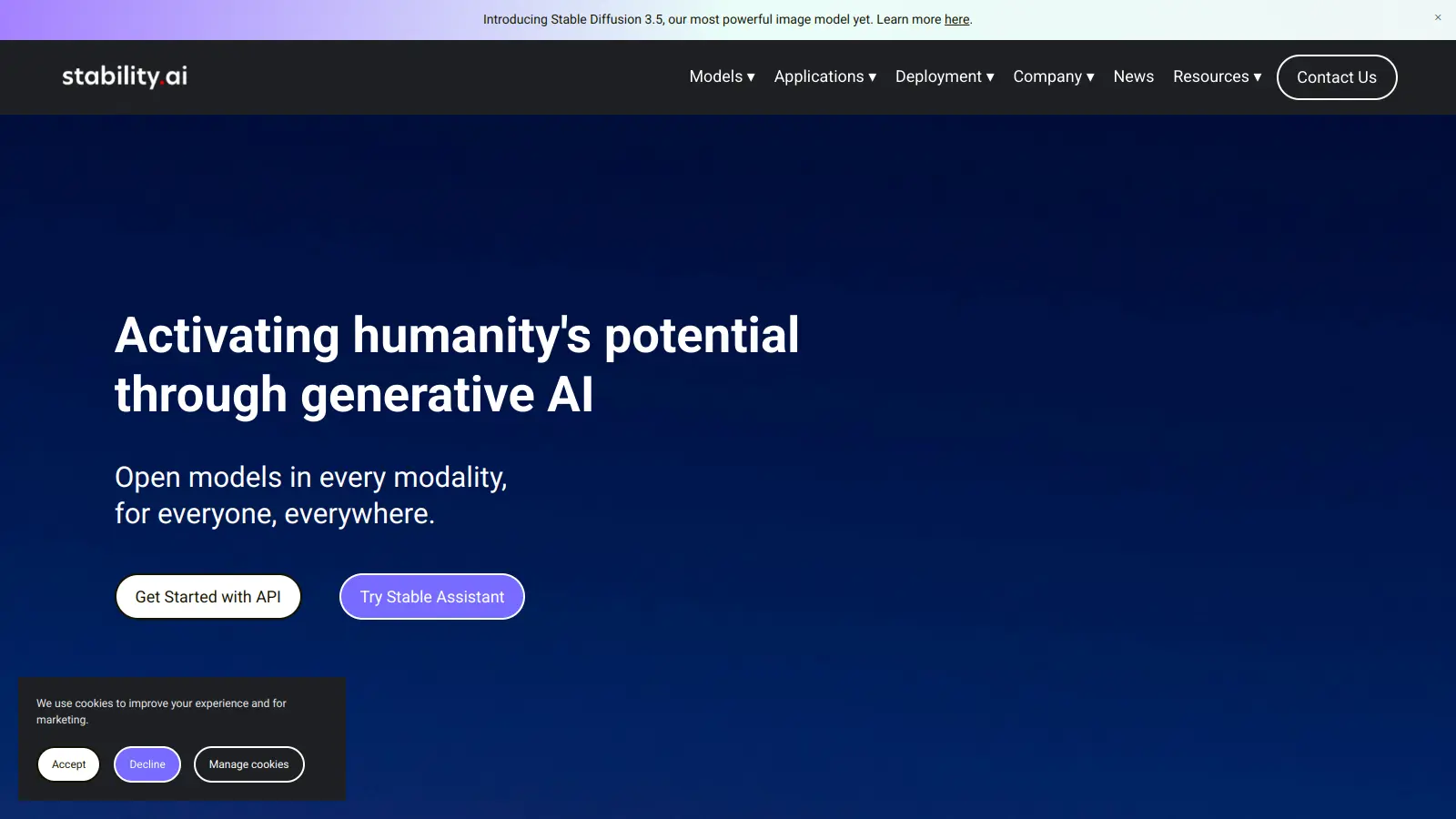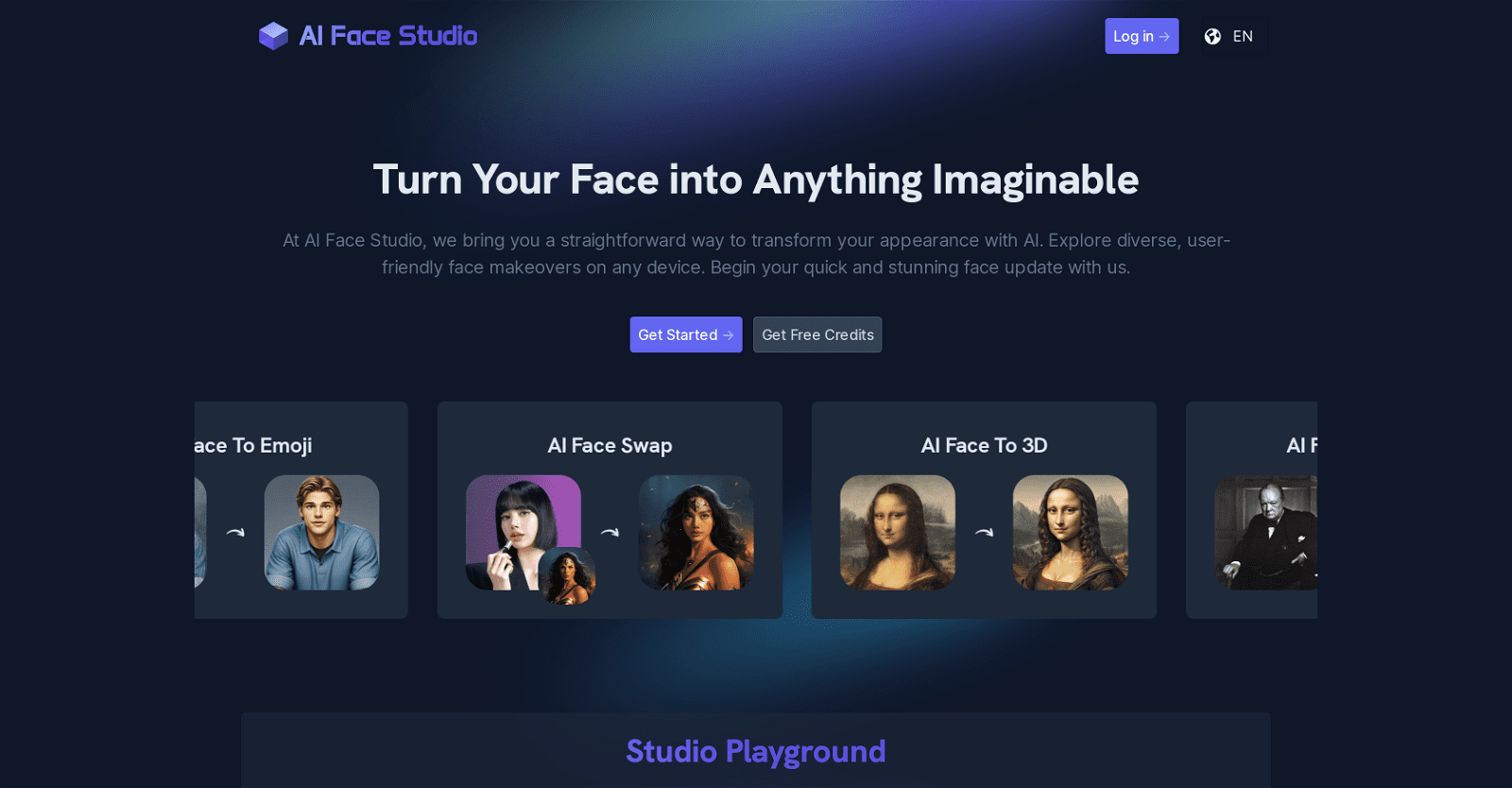CrazyHorseAI is an artificial intelligence tool that employs the technique of stable diffusion for advanced text-to-image applications. The tool is primarily designed to generate high-quality images for AI avatars, making it a valuable resource for applications, websites, or workflows that rely on digital character creation and enhancement.
Furthermore, CrazyHorseAI offers a comprehensive and diverse range of functionalities through its API. These include natural language processing for smooth interactions, emotional intelligence for nuanced and believable responses, highly customizable appearance and personality settings, and adaptive learning capabilities.
More details about CrazyHorseAI
What is text-to-image application in CrazyHorseAI?
Text-to-image application in CrazyHorseAI refers to the process of transforming text prompts into a visual representation. Users can input prompts to modify features of the AI avatars such as clothes, hair, body, pose and background, and CrazyHorseAI uses these text prompts to generate or modify the corresponding images.
How does CrazyHorseAI employ natural language processing for smooth interactions?
CrazyHorseAI incorporates natural language processing to facilitate smooth interactions between the user and the AI. While the specific mechanisms are not explicitly detailed on their website, it generally allows the AI to understand, interpret, and respond to user instructions or prompts in a natural and intuitive manner.
How does CrazyHorseAI use stable diffusion?
CrazyHorseAI utilizes stable diffusion as a technique in its mechanism to generate advanced text-to-image applications. While the specifics of how the system employs stable diffusion are not detailed on their website, it is implicated that this technique contributes to the generation of high-quality images, potentially enhancing the realism and detail level of generated AI avatars.
How can CrazyHorseAI facilitate seamless communication and personalized interactions?
CrazyHorseAI facilitates seamless communication and personalized interactions through the use of its state-of-the-art natural language processing and adaptive learning capabilities. Users can input text prompts which the AI interprets to personalize the appearance and behavior of the avatar according to user preferences.

